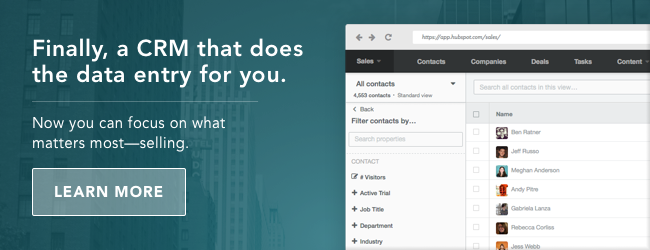

I’ve had several sales executives and CEOs tell me "My salespeople can’t close." I always wonder if they realize the problem may be that their reps can’t sell.
Prematurely asking for the business puts undue pressure on buyers. However, it's common practice because sellers have monthly, quarterly, and annual numbers they are responsible for.
But the best selling efforts can mean there is no need to close. If a seller covers all of the eight items listed below, and the buyer realizes there is a cost of delaying their decision, there are instances where they will volunteer to buy.
Before earning the right to close I believe decision makers should:
- Know the price.
- Be aware of the business outcome(s) they want to achieve.
- Know why they can’t achieve outcomes without the offering.
- Be able to articulate capabilities needed to achieve outcomes.
- Know the full cost of buying and implementing offerings.
- Be aware of the scope of implementation.
- Know the cost vs. benefit.
- Have a sense of how the offering compares to those of competitors' both in capability and price.
If all of these items have been covered, buying should be the logical last step of a sales cycle.
Premature closes (when one or more items have not been addressed) can abruptly change buyer relationships as sellers go from consultative sales to high-pressure tactics. Even if successful, sellers often have to discount or make other concessions to incent buyers. The worst outcome is that sales are lost because buyers are offended by aggressive closing tactics.
In workshops I often ask students to tell me when they can be sure it’s time to close without pressuring buyers. This question causes the room to get quiet for several seconds. My answer is that it’s time to close when buyers have everything they need to make buying decisions -- the eight items listed above.
How to Set Up a Perfectly Timed Close
One of the best ways to orchestrate a perfectly timed close is to see if you can review a draft proposal with the decision maker or buying committee. Being granted this opportunity is a strong indicator that you’re likely to win the business. After the draft content has been reviewed, the salesperson should incorporate changes in the final proposal.
Once the changes are made, and the decision maker or committee confirms they're in line with their expectations, this actually is the first time a seller has earned the right to close. The seller can simply ask, "I can deliver the proposals next week, but since nothing will change, would you like to go forward with our recommendation today?"
In my mind, a buying cycle is much like a play. If the first two acts are awful, a fantastic ending won’t salvage the show. Unfortunately some sellers think they can close any order regardless of how poorly the selling effort has gone.
It may not happen often that a buyer volunteers to buy instead of being pushed by a salesperson to close. But when it does happen, it feels awfully good for both sides, and it reflects a well-executed buying cycle.










